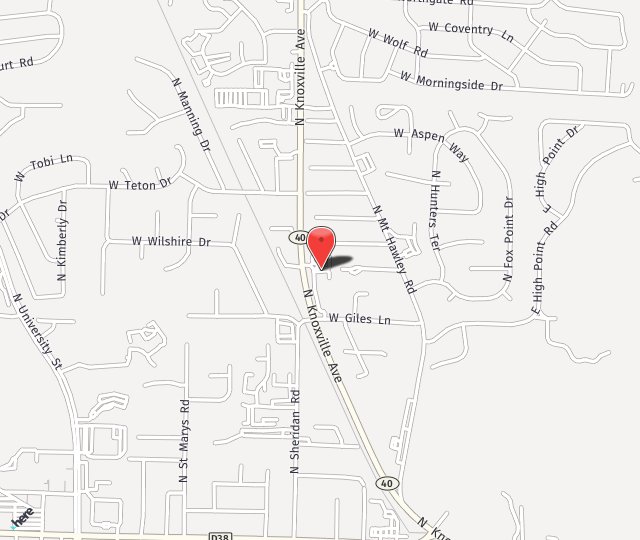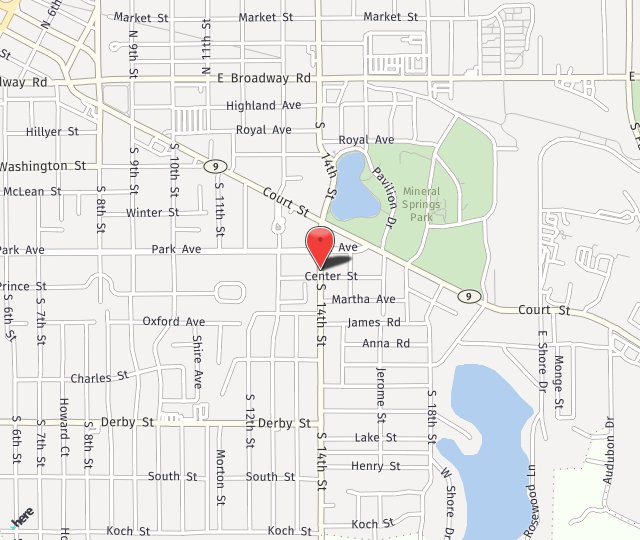 Myopia, commonly known as nearsightedness, is a visual condition that has been on the rise in recent years, especially among children. The prevalence of myopia has increased dramatically, with more and more young individuals experiencing its effects. Myopia is not merely an inconvenience but a serious eye condition that can lead to various complications if left unchecked. Let’s delve into what myopia is, why it’s crucial to slow its progression, and how a groundbreaking FDA-approved treatment called MiSight® can help safeguard your child’s vision.
Myopia, commonly known as nearsightedness, is a visual condition that has been on the rise in recent years, especially among children. The prevalence of myopia has increased dramatically, with more and more young individuals experiencing its effects. Myopia is not merely an inconvenience but a serious eye condition that can lead to various complications if left unchecked. Let’s delve into what myopia is, why it’s crucial to slow its progression, and how a groundbreaking FDA-approved treatment called MiSight® can help safeguard your child’s vision.
Understanding Myopia
Myopia, often referred to as nearsightedness, is a refractive error that results in a person being able to see objects up close clearly but having difficulty seeing distant objects. It occurs when the eyeball is too long relative to the focusing power of the cornea and lens. This causes light rays to converge in front of the retina, rather than directly on it, resulting in blurred distance vision.
Myopia is a common vision problem that usually starts in childhood and may progress throughout the teenage years. It’s associated with a genetic predisposition, but environmental factors such as excessive screen time and limited outdoor activities can exacerbate its development.
How Quickly Children’s Eyes Grow
One crucial aspect of understanding myopia progression in children is to recognize how quickly their eyes grow. The eye’s growth rate is particularly high during the early years of life, primarily up to the age of 18. During this period, the eye lengthens as part of the normal growth and development process. However, in individuals predisposed to myopia, this growth can lead to progressive nearsightedness.
The speed at which a child’s eyes grow can vary, but myopia tends to develop more rapidly during the growth spurts that typically occur around ages 6-7 and again during adolescence. This rapid eye growth can exacerbate myopia and lead to higher levels of nearsightedness.
Importance of Yearly Eye Exams for Children Age 3-18
Yearly eye exams are a critical component of ensuring the overall health of a child’s eyes and detecting myopia early. Regular eye examinations can help in various ways:
- Early Detection: Early detection of myopia allows for timely intervention to slow its progression. This is crucial because controlling myopia at an early stage is more effective than trying to manage it once it has progressed significantly.
- Prescription Updates: Children with myopia may require frequent changes in their eyeglass or contact lens prescriptions. Regular eye exams ensure that your child’s prescription is up to date, helping them see clearly and comfortably.
- Monitoring Eye Health: Eye exams not only check for vision problems but also evaluate the overall health of the eyes. Some eye conditions may not have noticeable symptoms, making regular exams even more important.
- Encouraging Healthy Habits: Eye exams offer a valuable opportunity to educate children and parents about the importance of maintaining healthy eye habits, such as reducing screen time and spending more time outdoors.
Problems Arising from Higher Orders of Myopia
When myopia progresses to higher levels, it can lead to several vision-related problems and ocular health risks:
- Degenerative Eye Conditions: High myopia is associated with an increased risk of degenerative eye conditions, such as retinal detachment, glaucoma, and cataracts. These conditions can have a severe impact on a person’s vision and quality of life.
- Reduced Quality of Life: People with high levels of myopia often experience a significant reduction in their quality of life, as they may require strong prescription eyeglasses or contact lenses and may still struggle with poor vision.
- Risk of Pathological Myopia: In severe cases, myopia can progress to pathological myopia, a condition where the elongation of the eyeball becomes extreme, leading to potentially blinding complications.
The MiSight Treatment
The MiSight® treatment represents a significant advancement in the field of myopia management, offering parents and children a way to slow down the progression of myopia. It is the first and only FDA-approved contact lens designed to reduce the progression of myopia in children aged 8-12 at the initiation of treatment.
How does MiSight work? This innovative treatment employs a dual-focus contact lens design. Unlike traditional single-vision contact lenses, MiSight has a central optical zone for clear distance vision and a peripheral zone that focuses light in front of the retina, effectively slowing the eye’s growth.
By using this dual-focus design, MiSight helps to reduce the rate of elongation of the eyeball and, as a result, slows the progression of myopia. The lenses are worn during the daytime and removed at night, making them a comfortable and convenient option for children.
The effectiveness of MiSight has been demonstrated in clinical trials, showing a significant reduction in myopia progression compared to single-vision contact lenses. By slowing down the progression of myopia, MiSight can help protect your child’s vision and reduce the associated risks of high myopia.
Dr. Daccache and Dr. Hanna are both actively offering and fitting MiSight for patients and parents of Bond Eye Associates that are interested in slowing the progression of myopia in their children. Contact us today to learn more or schedule an appointment.


